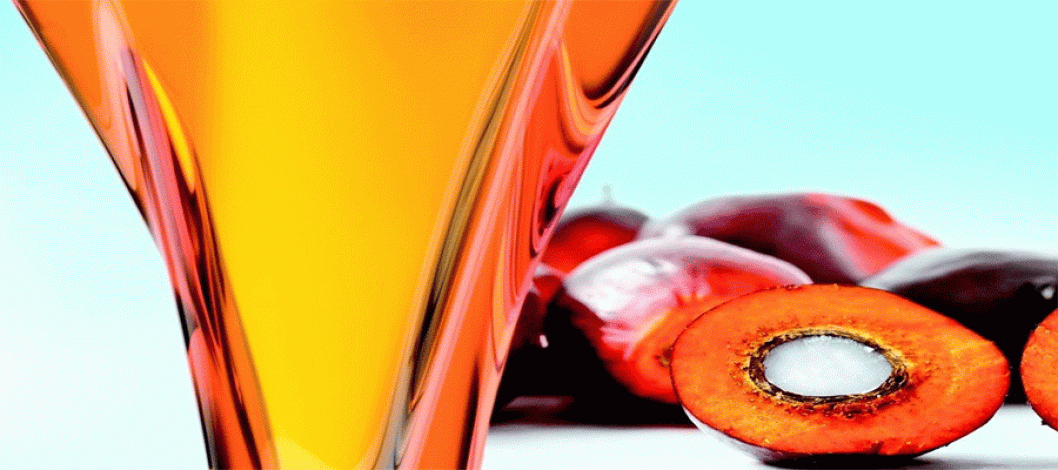
File Photo
Crude palm oil's (CPO) return to a discount against its main substitute, soybean oil, this month is expected to last until the third quarter, analysts said, ending a rare premium that was seen in the five months since November.
The competitive price, in turn, has resulted in a slight uptick in Indian imports, and demand could also come from China as a soybean oil alternative in the wake of the US-China tariff war, they said.
CIMB Securities head of research Ivy Ng Lee Fang expects the CPO's discount to soybean oil to persist through the third quarter of 2025 (3Q2025), as output is likely to remain elevated until at least October.
“As long as supply continues to rise, we expect palm oil to stay competitively priced against other edible oils,” Ng told The Edge.
The discount could hold until around September, when soybean oil production typically picks up due to seasonal patterns, said a senior trader at proprietary trading firm IcebergX Sdn Bhd.
Soybean oil is also used for biofuel in the US, and the industry awaits clarity on the country's biofuels policy currently in the making, which could influence supply.
Also supporting soybean prices is the escalating US-China trade war, which prompted China to turn to Brazil for the commodity, said Fastmarkets Palm Oil Analytics managing editor Dr Sathia Varqa.
That said, demand from the second-largest economy could also spill over to palm oil, HLIB Research said in an April 17 note, although the firm stayed neutral on the sector in the absence of a clear demand catalyst for now.
CPO price could range from RM4,400 to RM4,600 per tonne in 4Q to average RM4,300 per tonne for the year, a trader at IcebergX said.
According to Bloomberg data, the third-month CPO futures have declined more than 10% from this year’s peak of RM4,463 per tonne on Feb 19.
In the backdrop of lower prices and the global equity sell-off amid the tariff tantrum, the Bursa Malaysia Plantation Index fell more than 5% from this year’s high of 7,609.70 on Feb 28.
The CPO price softness is within expectation, said Kenanga Research, who is "overweight for the sector's defensive qualities" and undemanding valuations, pointing to a tight market due to weak supply growth expectations for a majority food oils except soybean.
Already the lower CPO prices have spurred demand from the world's largest importer India.
“From late March to early April, we’ve seen some buying interest from India. India is more sensitive in terms of pricing. If this pricing trend continues, we can expect even stronger demand from that market,” CGS International analyst Jacqueline Yow said.
India imported 3.03 million tonnes of Malaysian palm oil in 2024, making up 17.9% of Malaysia’s total exports, according to data from the Malaysian Palm Oil Board.
CPO typically trades at a discount to soybean oil throughout the year, save for a short period in March or April.
However, from last December up until March, the commodity had a rare, prolonged stint trading at a premium against soybean oil, which at one point exceeded US$100 (RM441) per tonne.
Prices were supported by supply concerns in top producers Malaysia and Indonesia, coupled with Indonesia’s implementation of the B40 biodiesel mandate, which requires a 40% palm oil blend in diesel.
That trend reversed in recent weeks, with soybean oil trading at a premium of about US$36 per tonne to palm oil at the time of writing. The premium easily topped US$200 per tonne in the past. In 2023, it lasted for 10 months starting from May to March 2024.
Source: Online/OFA
Comment Now